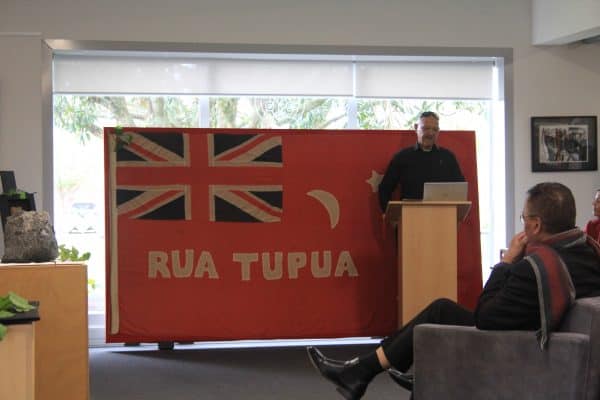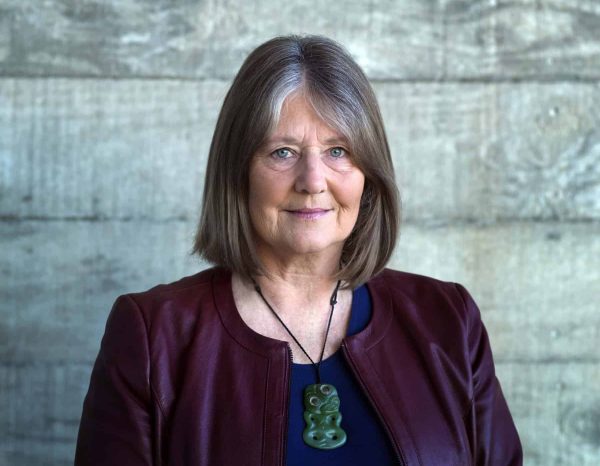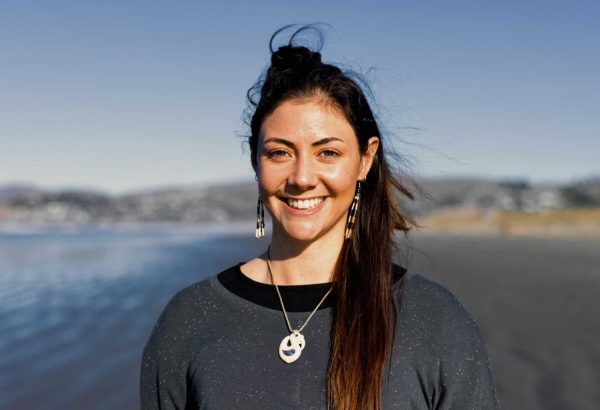Q & A with Dr Rob Bell

Q: Congratulations on your recent Lifetime Achievement Award from NIWA – what does this award mean for you, and the research you’ve been involved in?
It was a total surprise (a well-kept secret), but I’m humbled to have been honoured by NIWA for my work over the decades and to have the award presented by the Minister for Climate Change Hon James Shaw at our Leaders’ Forum. But really it is down to team effort, as many of the coastal and climate change issues and planning/design challenges require an inter-disciplinary approach and I’ve been fortunate to work with some great researchers and practitioners – both in and outside NIWA. The Award also highlights the growing need for action on climate change matters, with our collective efforts culminating in guidance for local government on coastal adapation. It is a testament to the multi-year research and innovative approaches needed for responding to changing risk that sits behind such decision-support systems.
Q: You studied Civil Engineering and have worked extensively in the areas of coastal and estuarine management, flooding, coastal hazards and the impacts of climate change on our coasts. What drew you to studying the power of water?
I grew up in a small village in South Canterbury spending time at the nearby river, coastal hāpua and gravel beach. There were occasional evacuations up the nearby hill due to floods and the 1960 Chile tsunami. These experiences drew my curious mind to how these coastal-river systems work, both in peace time and in nature’s fury. Fortunately, I had an astute science teacher at high school who had a Civil Engineering degree. He advised me to try engineering, as I wanted to work with science but come up with practical solutions to complex problems, which is at the heart of the engineering process.
Q. It seems there has been an upsurge of awareness about climate change and coastal risk in recent years. Does it frustrate you that it has taken so long, or are you heartened by it?
Yes it has been a slow burn since 2001 when three of us developed the first coastal climate-change guidance for the Ministry for the Environment. But I have been heartened working with university and NIWA researchers along the way, to build the evidence base and chip away at improving awareness through public and conference presentations – especially the “aha” moments when people get it. Certainly, a year ago when we rolled out the MfE coastal guidance at 13 locations around New Zealand, which came on the back of the 2017/18 summer of coastal storms, we detected a groundswell of change to asking “what can we do about it?” rather than probing the evidence.
Q. Your recent report with Dr Judy Lawrence and others looked at lessons learned from applying the approaches in MfE’s Coastal Hazards and Climate Change Guidance. Can you tell us a bit more about this?
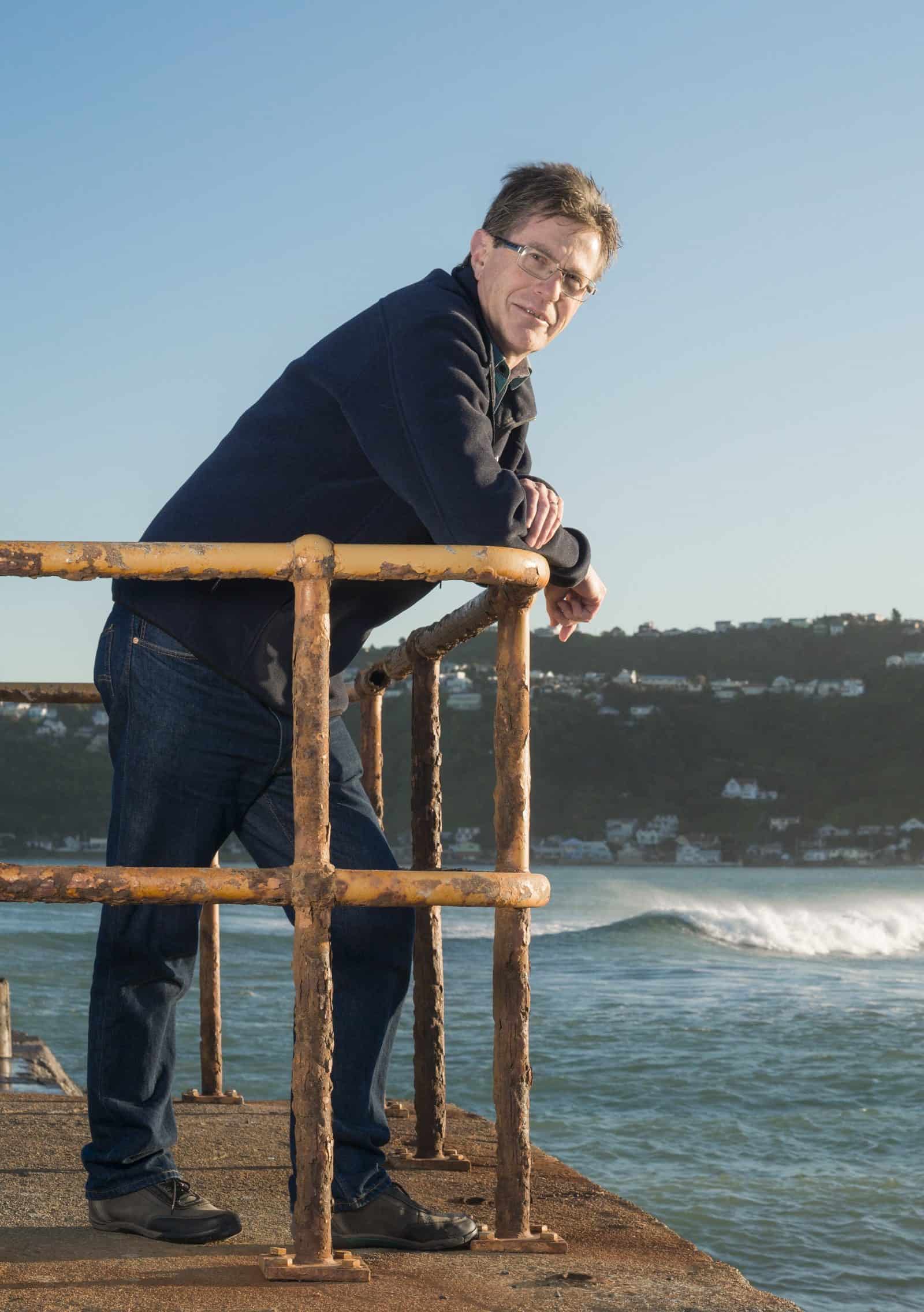
The Living at the Edge team from Phase 1 of the Resilience Challenge worked alongside councils, consultants, community panels and local iwi/hapū in developing the Hawke’s Bay Coastal Strategy 2120, as a ‘trusted friend’ of the process. It was a pilot application of the Dynamic Adaptive Pathways Planning approach, which the MfE guidance recommends. The engagement processes, governance arrangements and methods worked well overall in achieving a suite of pathways out to 100 years (2120) for each coastal area north and south of Napier. The Strategy is now in the implementation phase. But some lessons were also gleaned from the experience. Some of these included the critical role of transparent and enabling governance, the value of engaging collaboratively with communities, seeking the wider-community views and the importance of vulnerability assessments alongside the more conventional risk assessments that look out at least 100 years. The report is available on the Challenge website.
Q. You’re co-leading the Coastal theme for Phase 2 of the Resilience Challenge, and you also contribute research to the Deep South Challenge. What appeals to you about working on National Science Challenges?
I’m collaborative by nature and enjoy working in multi-discipline teams solving complex multi-faceted problems like the conundrums posed by ongoing sea-level rise and the interface with planning and engineering.
Q. Is there a project or planned outcome in the Coastal programme that you’re particularly excited about?
We need to improve the picture of our national and regional-scale exposure to sea-level rise – especially coastal erosion, and to back-fill some of the gaps around tools and guidance that we could only cover lightly in the MfE guidance, e.g. how to do coastal vulnerability assessments in Aotearoa NZ, embedding and implementing adaptive pathways in statutory processes, and how to undertake adaptive design for coastal infrastructure.
Q. You’re well travelled – how do you think New Zealand’s level of preparedness for coastal hazards compares with other coastal nations?
It varies. We are starting to see more central government direction and coordination (work packages on statutory enablers and starting our first national climate risk assessment) that some other jurisdictions like the UK are ahead on, but internationally we have been one of the first to adopt an adaptive pathways planning framework into national guidance – working closely with colleagues in The Netherlands.
Q. When it comes to coastal resilience, where do you hope we’ll be as a country in a decade?
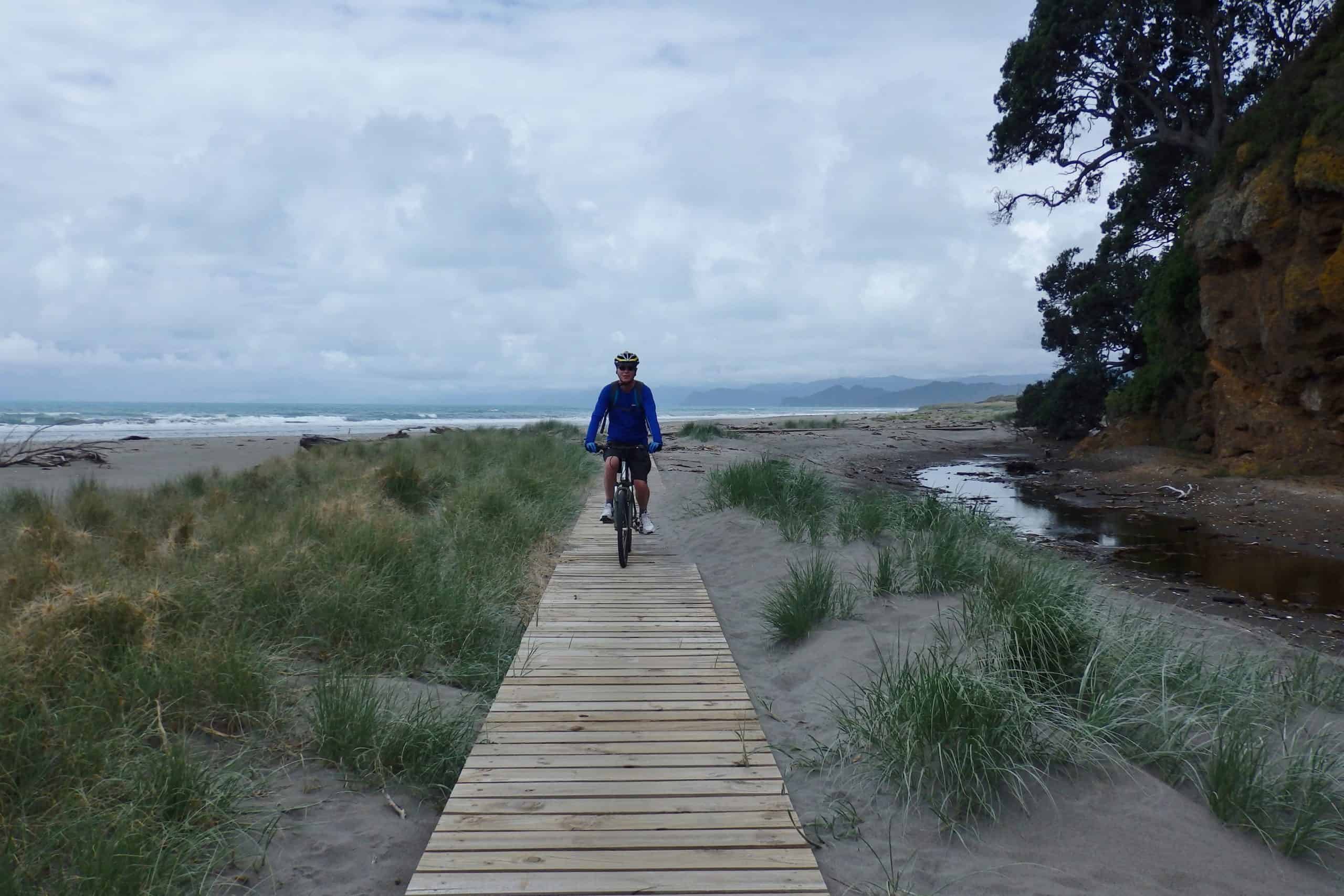
In relation to low-lying coastal areas, we only have a decade to develop and implement alternate pathway plans before coastal flooding becomes more frequent – both nuisance (disruptive) and larger events. Somehow, we need to move from fighting and defending our exposed housing and services from the advancing sea, to working more with nature-based solutions. In parallel, we need to turn our attention to how we accomplish equitable and coordinated relocation or managed retreat, which will be inevitable for some areas in the face of the sea rising for several centuries. The other side of the response over the next decade is the need for a serious attempt to mitigate carbon emissions, which globally can reduce the rate of that rise in sea level.

